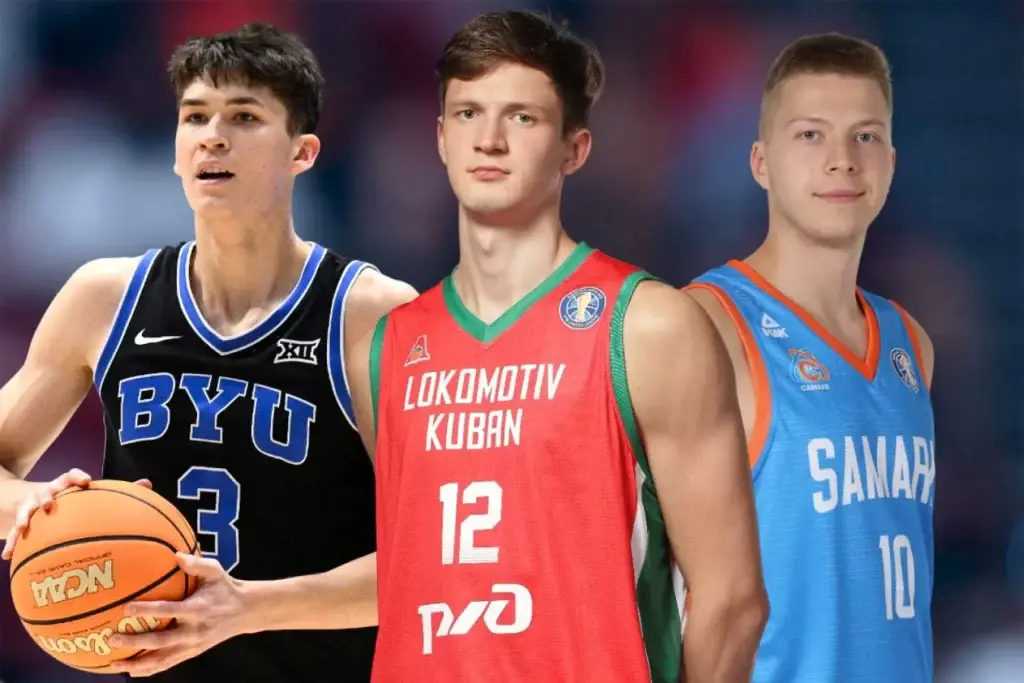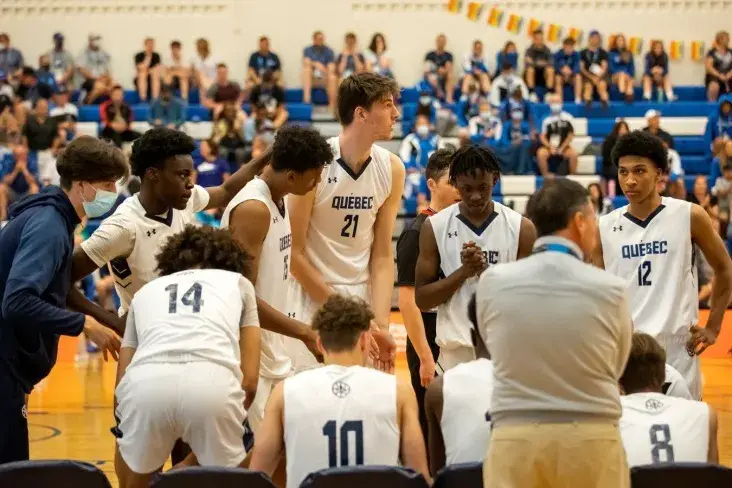For some reason, there is a perception that a basketball player has to be a giant to dominate the court. But how tall are basketball players on average? Is there a standard that characterises those who excel in the sport? Height certainly plays a big role, but it’s not always the deciding factor.
Average height of a basketball player: facts, figures and statistics
How tall are basketball players on average? The numbers depend on many factors: League, country and even position on the court. In the NBA, height is between 200 and 210 cm, and players like LeBron James and Kevin Durant fit perfectly into this statistic. In Europe, basketball players are slightly shorter – the average is 198 cm, while in Russia it remains at 195-198 cm. This difference can be explained by the different playing styles and training approaches.

In women’s basketball teams, the average height is smaller – about 180 cm. And interestingly, the difference in height between players often determines their position on the court: point guards are usually shorter than centres. The centimetres determine many aspects of the game: centres have to win the ball over the heads of their opponents, while point guards need to have better mobility.
Yao Ming, one of the tallest players in the NBA (229 cm), for example, used his height to dominate in defence. Point guard Stephen Curry, who is 188 cm tall, has become one of the league’s top stars thanks to his amazing technique and speed. It is important to realise that the height of basketball players is not just a statistical measure, but a factor that determines strategies and tactics on the court.
Height of NBA players: Who meets the standards?
What is the average height of basketball players in the NBA? Around 200-210 cm. But there are exceptions. Take LeBron James (206 cm) – his height perfectly fits the norm for a forward, and his strength and technique allow him to operate as a point guard. Kevin Durant (208 cm) is incredibly agile and accurate despite his height, making him a versatile player on the court.
His height not only helps him on the defensive end, but also helps him create exciting moments that will be remembered for a lifetime. Take Zion Williamson (198 cm) for example – his physical strength and explosive quickness allow him to shoot in a way that makes the stands erupt in applause.
What is the average height of basketball players in Russia?
 In Russia, the average height of basketball players is slightly lower than in the NBA. In teams such as ZSKA and Zenit, players are on average 198 cm tall. The peculiarity of the Russian school lies in the development of flexibility and endurance, which allows our basketball players to compensate for the lack of centimetres compared to their American and European counterparts. Nikita Kurbanov (202 cm), for example, has achieved outstanding results not only thanks to his height, but also thanks to his ability to find the right tactical solutions on the court.
In Russia, the average height of basketball players is slightly lower than in the NBA. In teams such as ZSKA and Zenit, players are on average 198 cm tall. The peculiarity of the Russian school lies in the development of flexibility and endurance, which allows our basketball players to compensate for the lack of centimetres compared to their American and European counterparts. Nikita Kurbanov (202 cm), for example, has achieved outstanding results not only thanks to his height, but also thanks to his ability to find the right tactical solutions on the court.
What is the average height of basketball players in Russia? It is 195-198 cm, which is slightly lower than in the NBA, but this does not prevent Russian teams from being successful on the international stage. A comparison with the European leagues shows that Russia relies on the versatility of its players, who can play in different positions.
Ideal height in basketball: myths and reality
Body size depends on what role a player plays on the court. For centres, it is best to be over 210 cm tall, as they have to defend the hoop and fight for rebounds. Point guards and offensive guards, on the other hand, often benefit from a height between 185 and 195 cm in order to be able to move quickly on the court.
Take Isaiah Thomas, for example: he is only 175 cm tall and therefore well below the average NBA player. But thanks to his amazing speed, agility and accuracy, Aizeyah was able to assert himself in the league and gain respect. This is a good example of how size is an advantage, but not always the deciding factor. The preparation and physical condition of basketball players play just as big a role as height. Strength, endurance and technique help to compensate for any disadvantages of height.
What is the average height of basketball players in women’s teams?
The average height of women’s basketball teams is around 180 cm, which is significantly shorter than that of men. However, this does not stop female basketball players from playing at a high level. Brittney Griner, who is 203 cm tall, is one of the tallest and most dominant players in women’s basketball. Thanks to her height, she can successfully defend the basket and shoot from the top, making her a key player for her team.
Women’s teams rely on technique, speed and teamwork. Many players may not be tall, but they make up for it with their speed, accuracy and ability to create game-changing moments.
Conclusion
 Many things are important in basketball: technique, speed, the ability to make decisions in stressful situations. But what is the average height in basketball? It’s important, but it’s not the deciding factor. LeBron James, Stephen Curry, Isaiah Thomas – they all show that success depends not only on physical data, but also on working on yourself, constantly training and believing in your own strength.
Many things are important in basketball: technique, speed, the ability to make decisions in stressful situations. But what is the average height in basketball? It’s important, but it’s not the deciding factor. LeBron James, Stephen Curry, Isaiah Thomas – they all show that success depends not only on physical data, but also on working on yourself, constantly training and believing in your own strength.
Every player, regardless of their size, can find their niche on the pitch. The main thing is to capitalise on your strengths, work on your weaknesses and never rest on your laurels.

Conclusions:
- Player position: Height often determines position on the pitch. Centre players are taller than 210 cm, point guards are around 185-195 cm.
- Physical fitness: Regardless of height, physical strength and endurance play an important role in a successful game.
- Role of technique: Small players like Isaiah Thomas are successful through technique and speed.
- Impact on the team: Tall players offer an advantage in defence and attack, but the team wins through a combination of different playing styles and skills.
 en
en  de
de  ar
ar  es
es  hi
hi  fr
fr  nl
nl  it
it  pt
pt  el
el 









